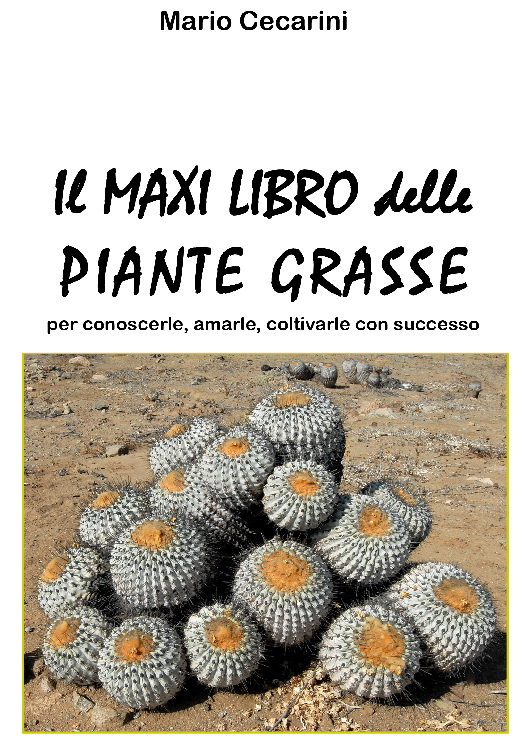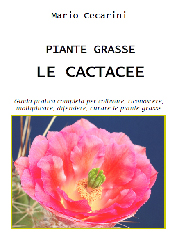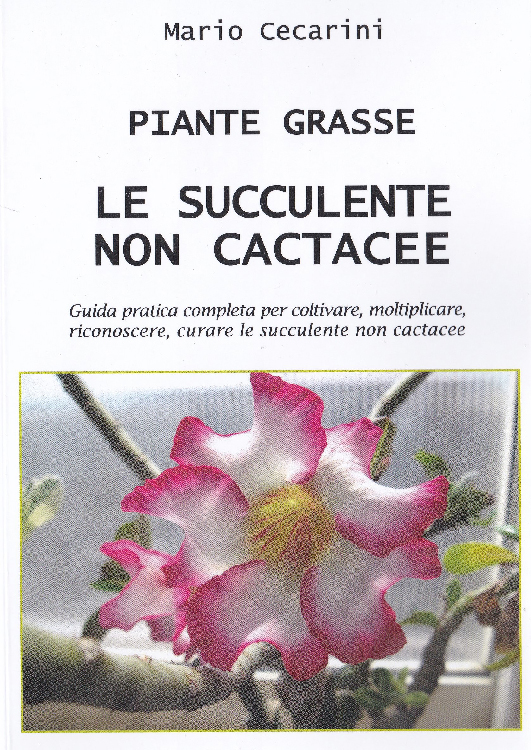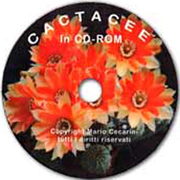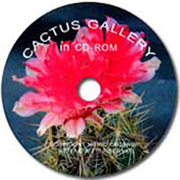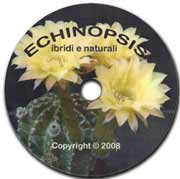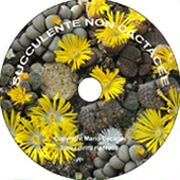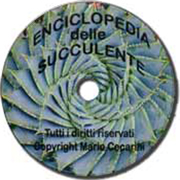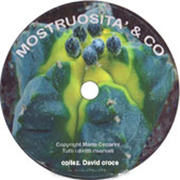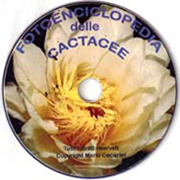Habitat: Mexico.
Description: this dwarf, globular genus is found between 1500 and 1800 metres of altitude (4900-5900 ft) growing in stony or sandy areas with a slightly alkaline, moderately humus-rich soil. It has large tubercles which may be rhomboidal and grow in spirals. The areoles bear spines that can be long or recurved and sometimes short and pectinate. In the summer, diurnal, usually pink flowers appear near the top. It may be synonymous with Strombocactus. It is now included in Neolloydia.
Soil: 40% leaf mould, sandy garden soil 20%, fine calcareous gravel 40%; neutral pH.
Location: plenty of air and partial shade except for the species flaviflorum and kranzianus needing full sun.
Temperature: they can withstand temperatures around freezing if kept dry.
Water: average with care.
Cultivation tips: easy. They are slow-growing and require deep pots. They reach maturity 4 or 5 years after germination.
Main species of Turbinicarpus: Turbinicarpus lophophoroides.




